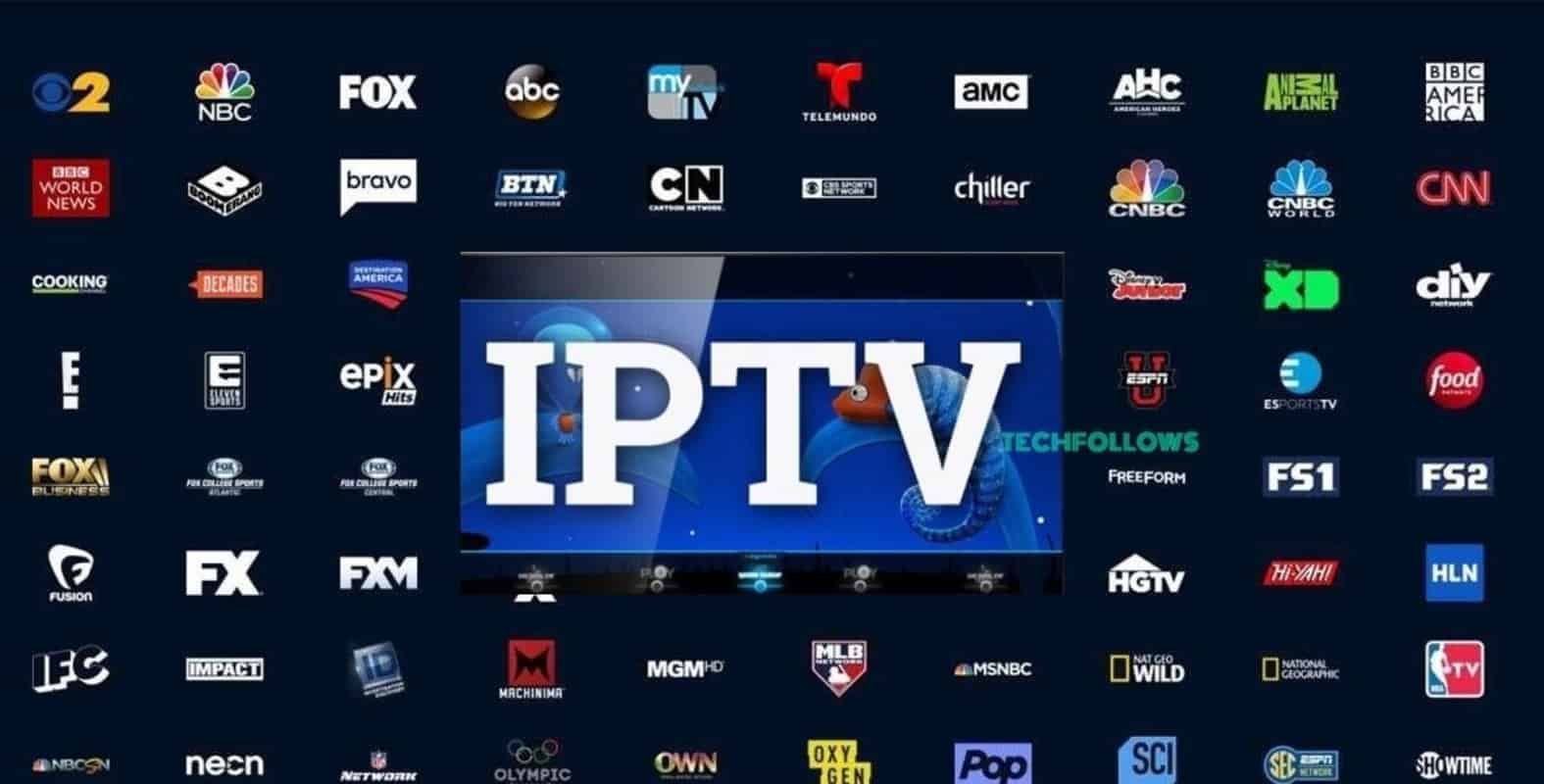
With the rapid evolution of digital content delivery, there’s often confusion about the technologies used to stream video online. Among the various methods, Best IPTV (Internet Protocol Television) has become increasingly popular. But does YouTube qualify as an IPTV service? Let’s delve into this question and examine YouTube’s relationship to IPTV technology.
What is IPTV?
IPTV stands for Internet Protocol Television, a technology that delivers television content over the internet rather than traditional cable, satellite, or terrestrial signals. This format allows users to stream live TV channels, video-on-demand (VOD) content, and even time-shifted programming directly to their devices.
Key features of IPTV include:
- Internet-based delivery: Content is transmitted using IP (Internet Protocol) networks.
- Subscription-based model: Most IPTV services operate on a paid subscription model, offering access to live TV, movies, and series.
- Personalized experiences: Users can access specific content on-demand, pause or rewind live TV, and often enjoy multi-device compatibility.
Examples of IPTV providers include services like Sling TV, Hulu Live TV, and AT&T TV.
How Does YouTube Work?
YouTube is primarily a video-sharing platform. Launched in 2005, YouTube allows users to upload, share, and watch videos across various categories. It operates as an Over-the-Top (OTT) service, delivering content over the internet without relying on traditional broadcasting infrastructures like satellite or cable.
While YouTube was originally designed for user-generated content, it has since evolved to include:
- Premium content: Movies, TV shows, and original programming via YouTube Premium.
- Live streaming: Live events, gaming streams, and other broadcasts.
- YouTube TV: A subscription-based service offering live TV channels, similar to IPTV.
Is YouTube an IPTV Service?
To determine whether YouTube qualifies as IPTV, we need to compare it to IPTV’s defining characteristics:
- Content Delivery Method: Both IPTV and YouTube use internet protocols to transmit video content, making them similar in terms of technology. However, YouTube’s infrastructure is primarily optimized for video-on-demand and user-generated content, whereas IPTV focuses on live TV channels and curated VOD libraries.
- Service Model: Traditional YouTube is free to use, with monetization through ads. IPTV services, on the other hand, typically require a subscription. YouTube TV, however, operates more like an IPTV service, offering a subscription model for live TV streaming.
- Content Type: IPTV services provide a structured programming schedule, live channels, and exclusive VOD content. YouTube, in contrast, offers an open platform where creators upload diverse content ranging from tutorials to music videos. YouTube TV bridges this gap by offering live channels similar to IPTV.
- User Experience: IPTV often delivers a TV-like experience with features like electronic program guides (EPGs). YouTube’s interface is more focused on video discovery and sharing. However, YouTube TV mimics the IPTV experience with a grid-style program guide.
Where the Lines Blur: YouTube TV
The question of whether YouTube is IPTV becomes more complex with YouTube TV. Launched in 2017, YouTube TV offers a range of live TV channels, including news, sports, and entertainment, along with cloud-based DVR functionality. It aligns closely with traditional IPTV services in terms of functionality and delivery method.
Here’s how YouTube TV compares to IPTV:
- Internet-based Delivery: Matches IPTV’s internet-first approach.
- Live TV and VOD: Offers live streaming of channels, akin to IPTV.
- Subscription Model: Operates on a paid subscription basis.
- Multi-Device Access: Like IPTV, it’s accessible on smart TVs, smartphones, tablets, and web browsers.
Despite these similarities, YouTube TV is categorized as an OTT service rather than pure IPTV, largely due to its branding and integration with YouTube’s broader ecosystem.
Advantages of YouTube Over Traditional IPTV
For users considering content delivery platforms, YouTube offers some distinct advantages over IPTV:
- Free Access: YouTube’s primary service is free, supported by ads, making it accessible to a broader audience.
- Creator Content: The platform hosts billions of videos from independent creators, offering unmatched variety.
- Ease of Use: With a user-friendly interface and seamless integration across devices, YouTube is widely accessible.
- Global Reach: YouTube caters to a global audience, whereas IPTV services often have regional restrictions.
Conclusion
While YouTube and IPTV Services share technological similarities in using internet protocols to deliver content, they cater to different audiences and serve distinct purposes. Traditional YouTube is better described as an OTT platform, emphasizing user-generated content and video sharing. However, YouTube TV—a subscription-based service within the YouTube ecosystem—operates in a manner similar to IPTV, offering live TV and on-demand content.
The distinction ultimately lies in intent and scope. IPTV focuses on replicating the traditional TV experience through internet delivery, while YouTube is a multifaceted platform that goes beyond IPTV’s structured programming. Still, with innovations like YouTube TV, the boundaries between OTT and IPTV continue to blur, giving users a hybrid experience that combines the best of both worlds.